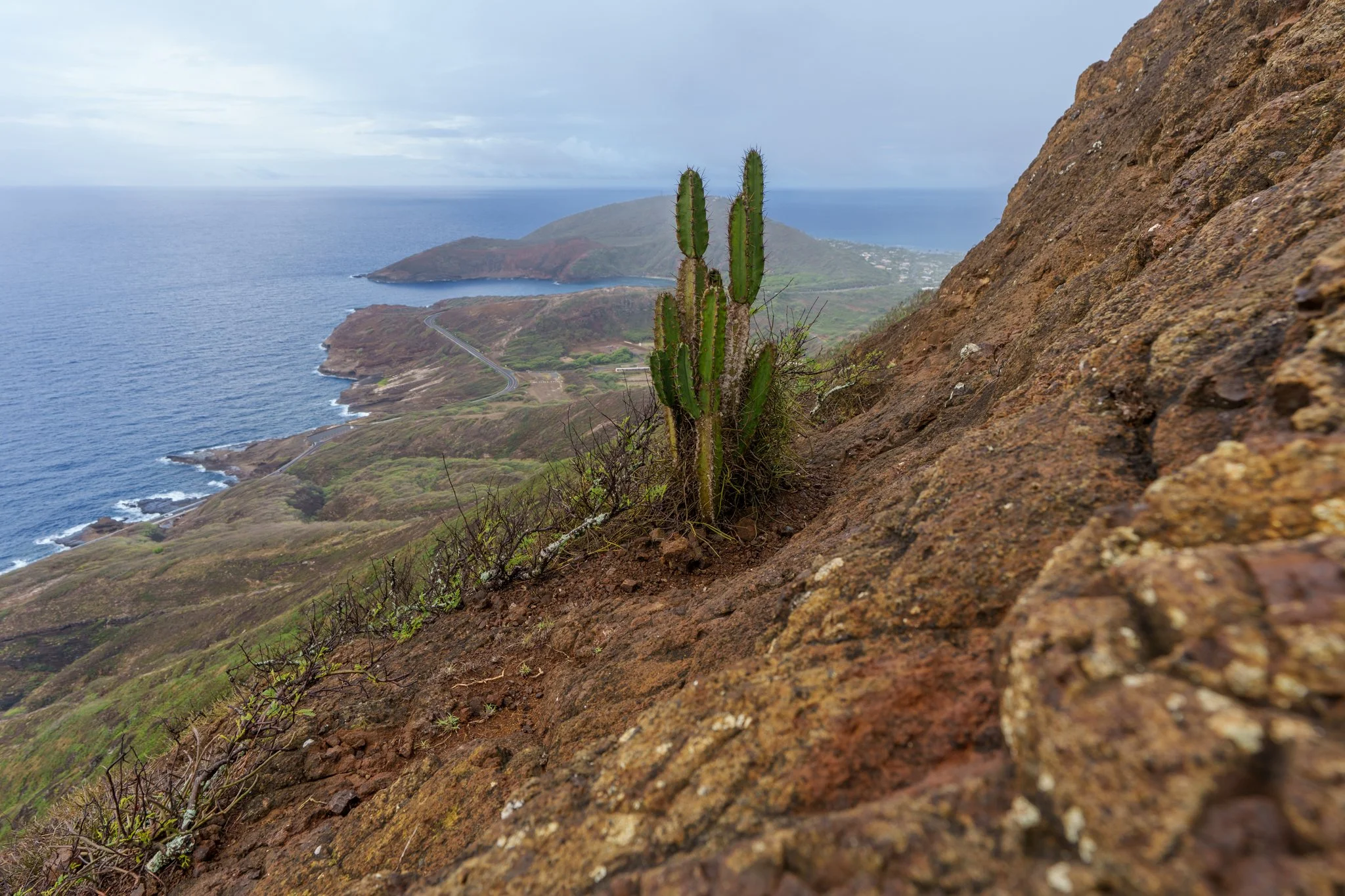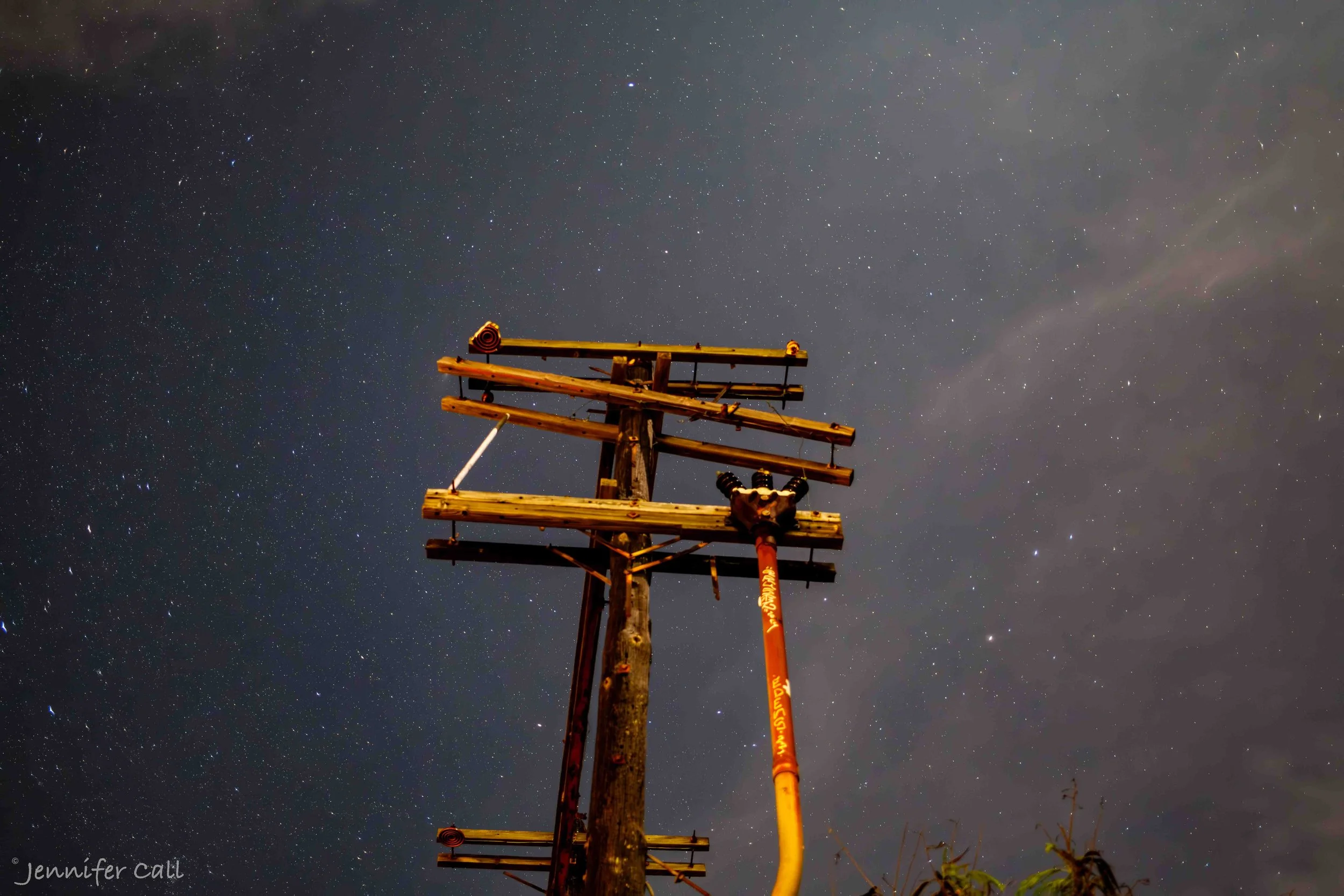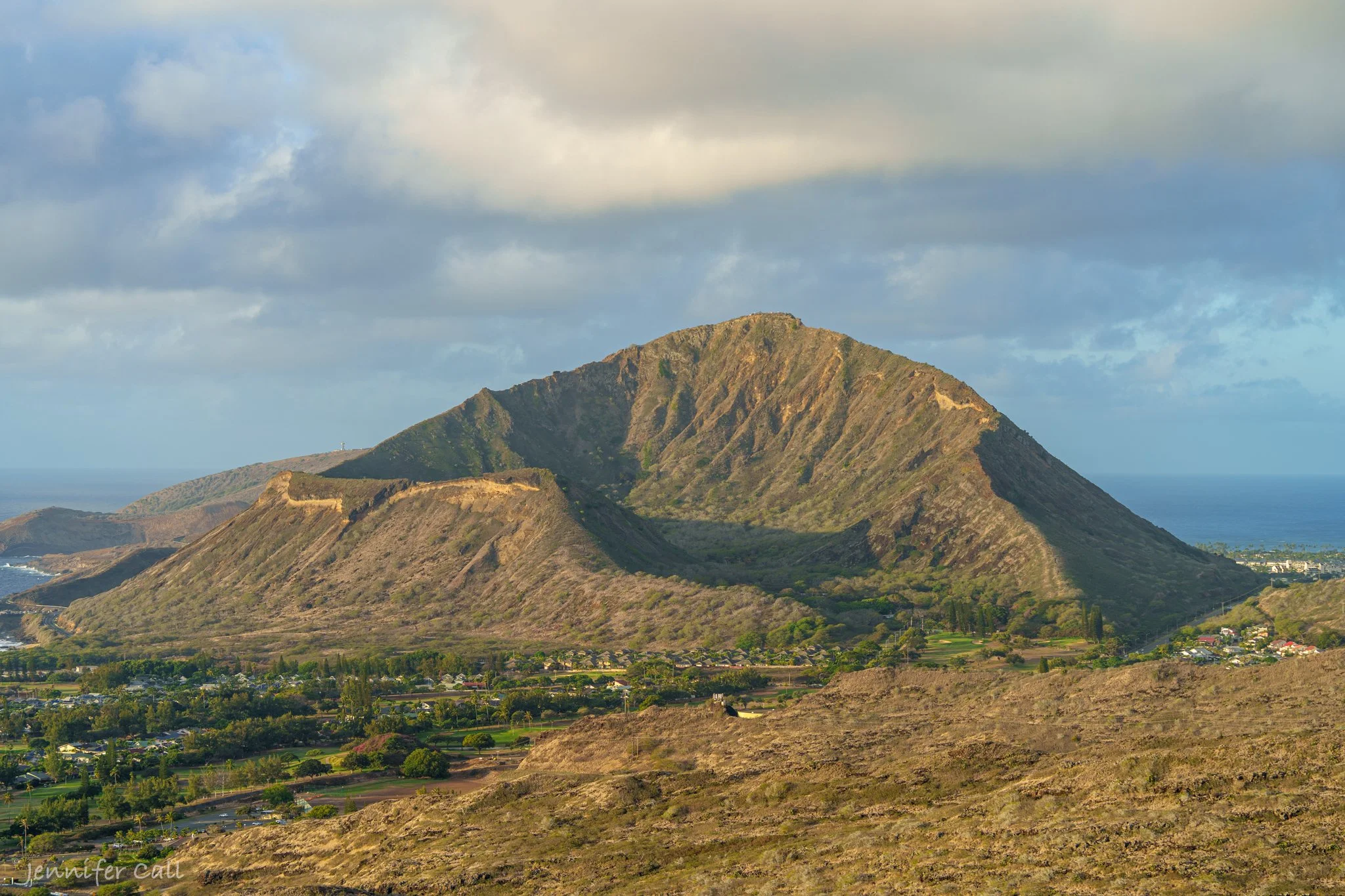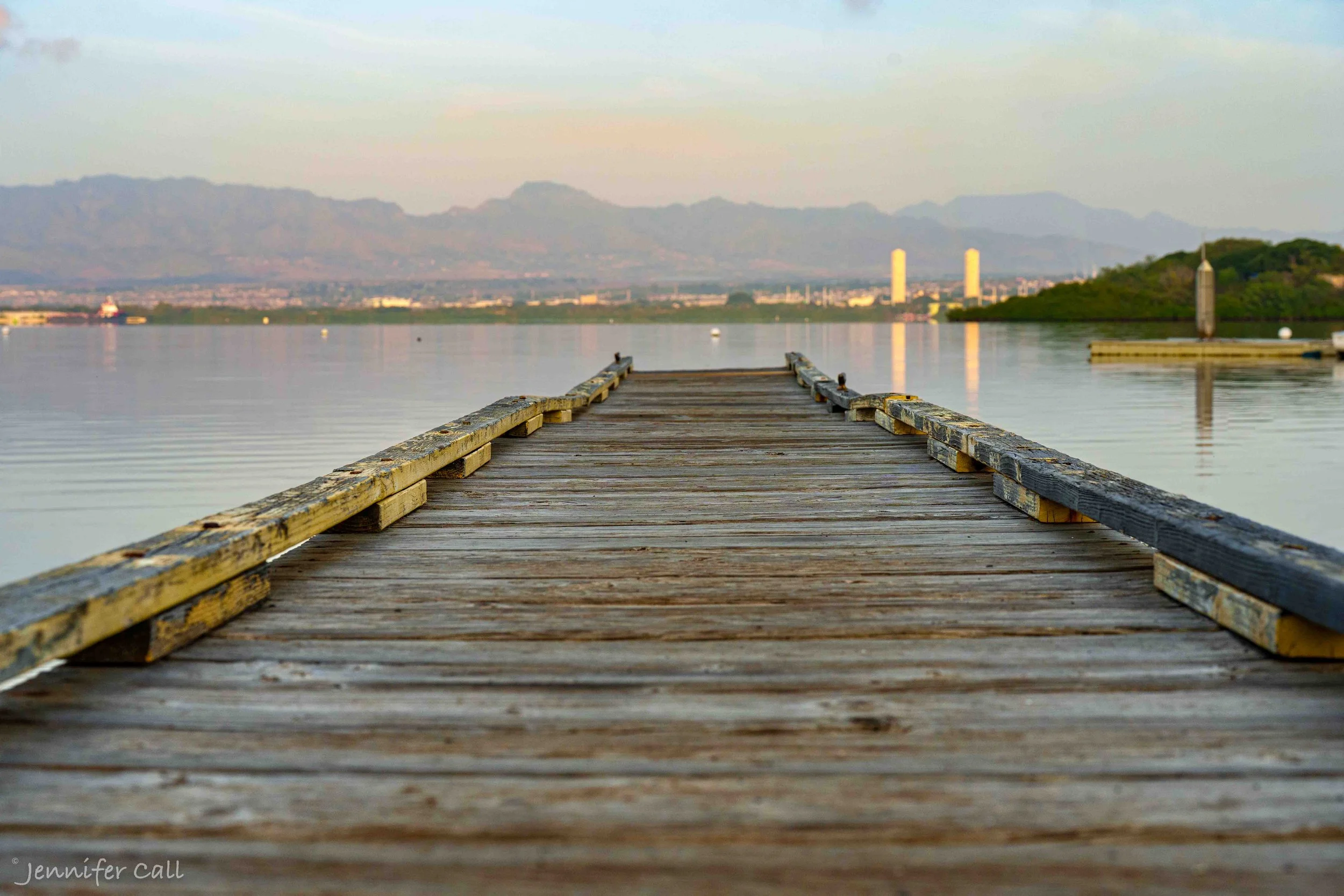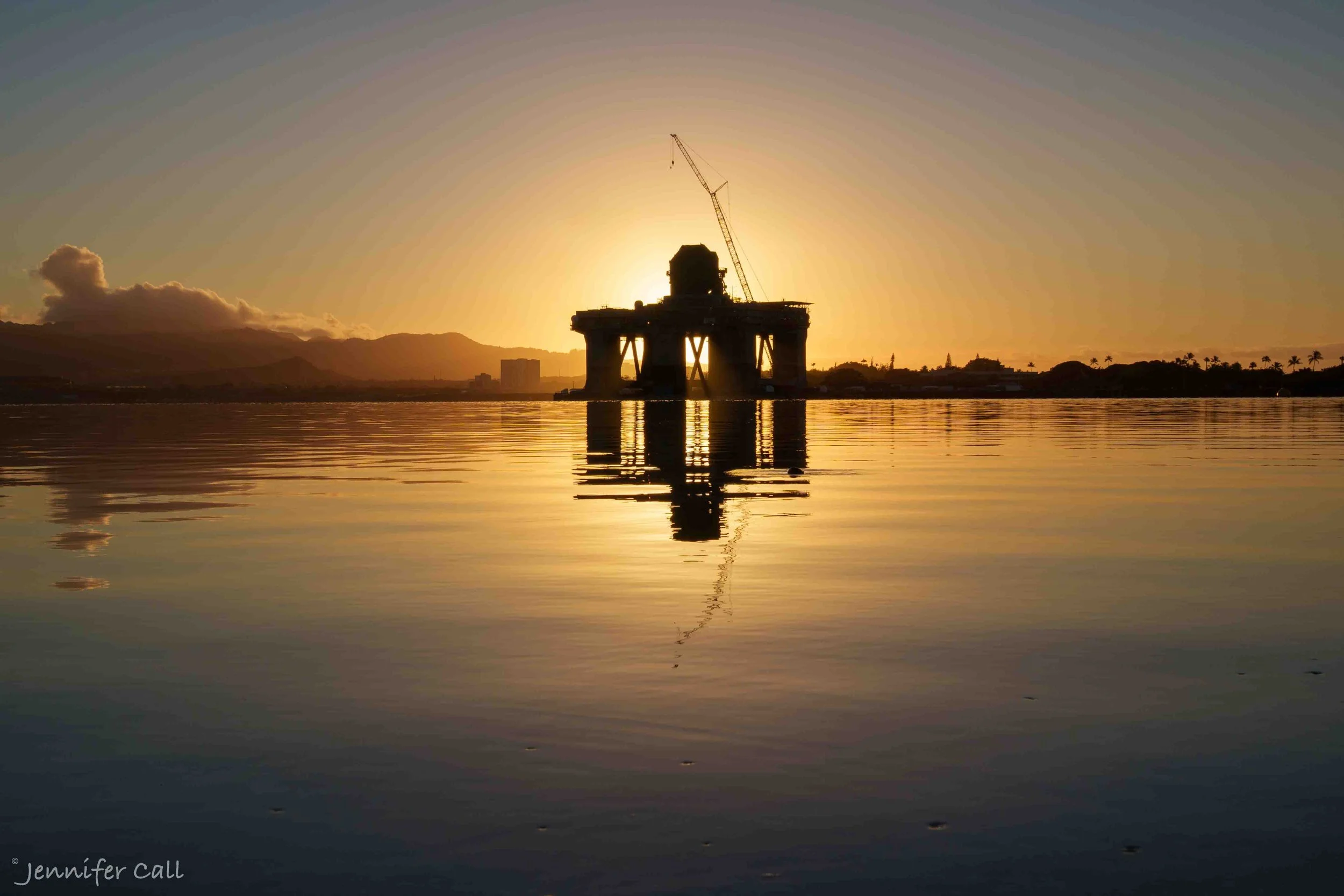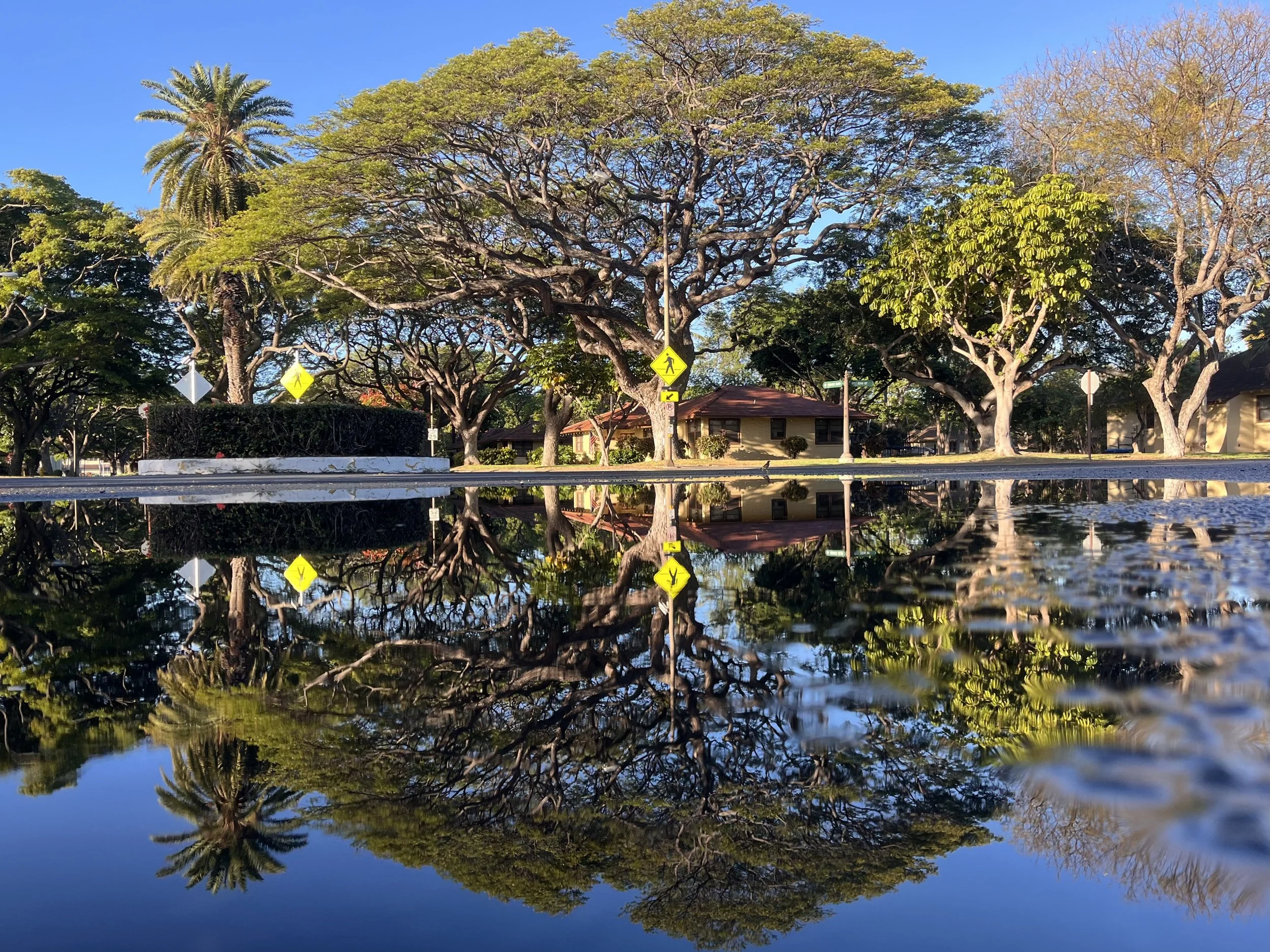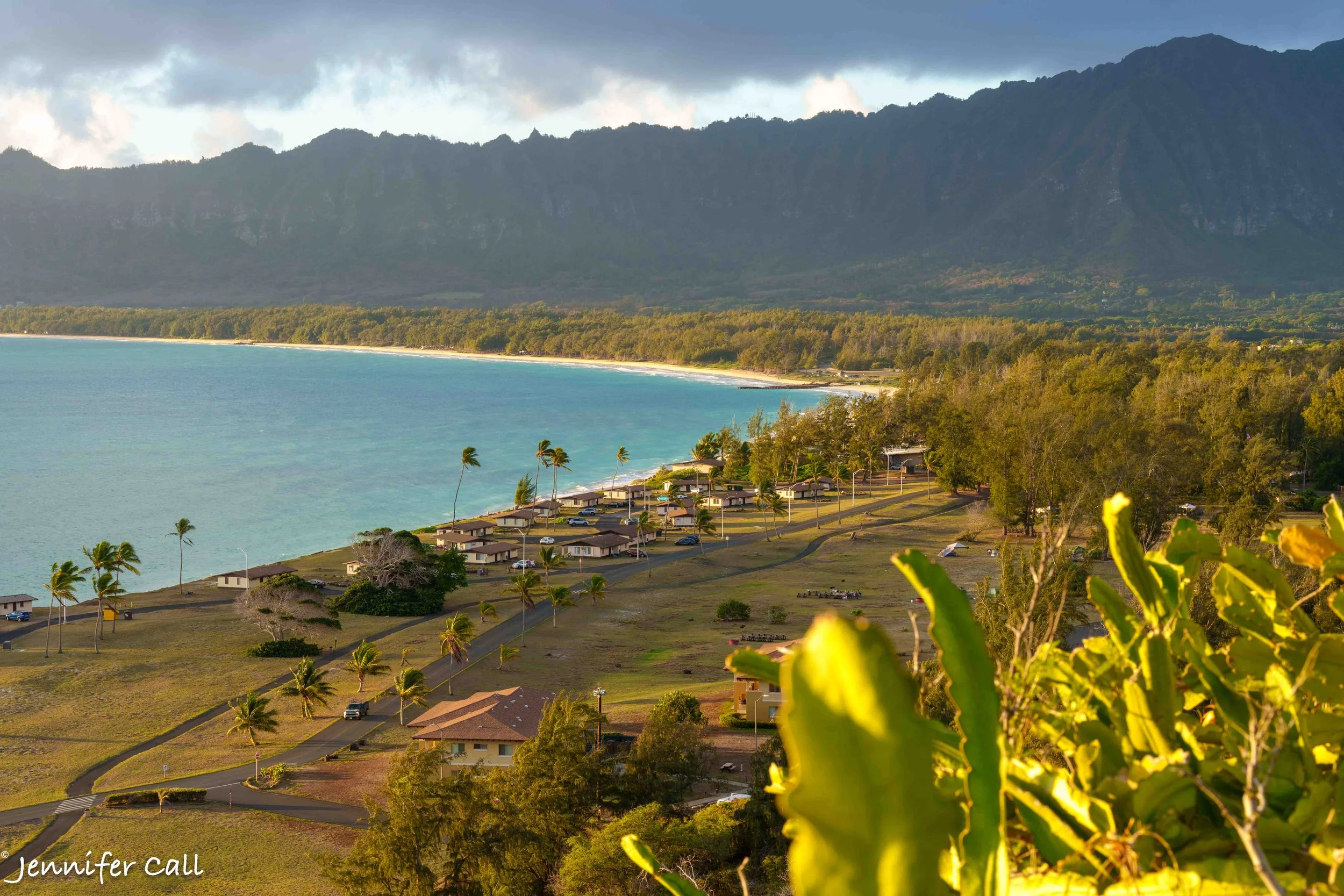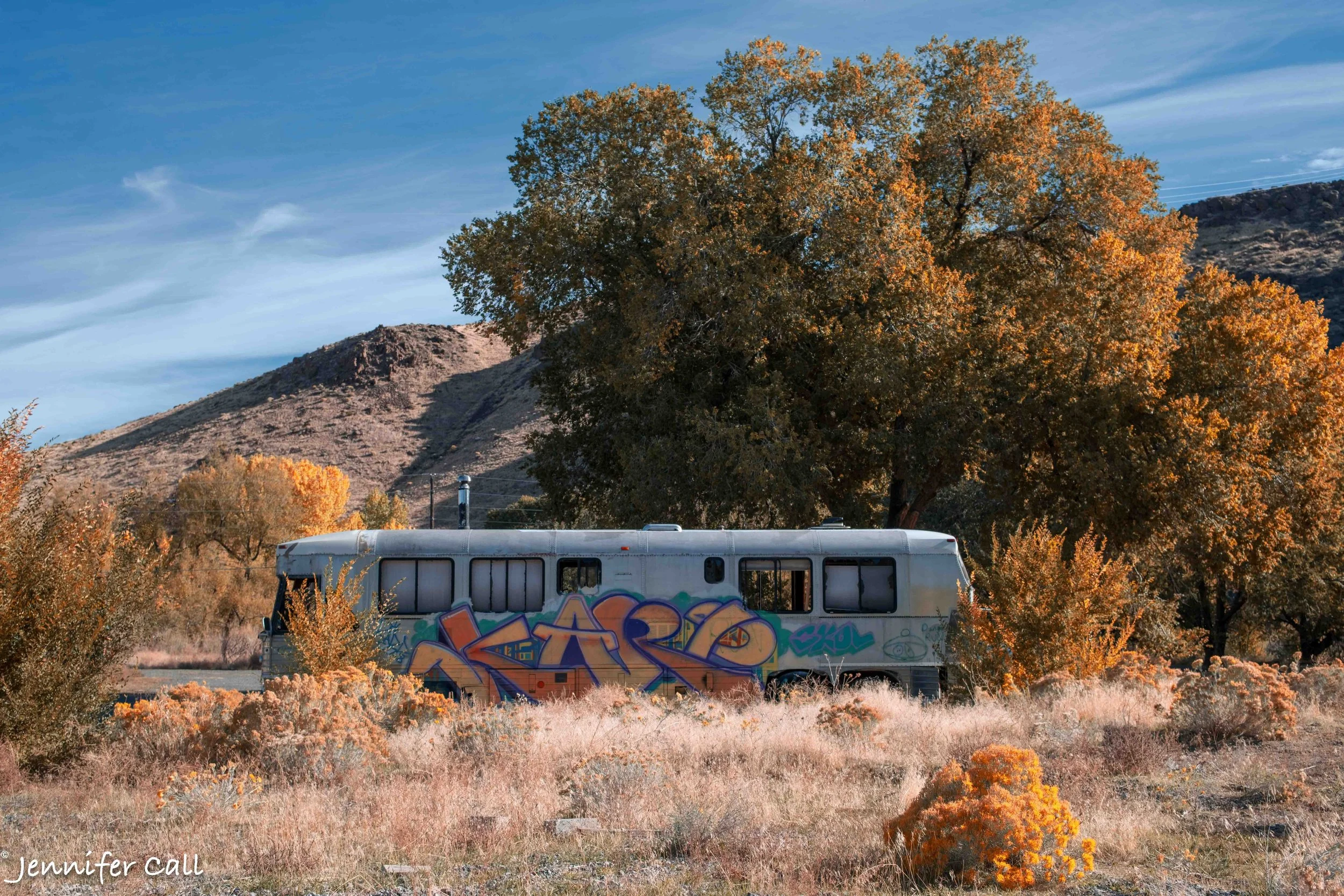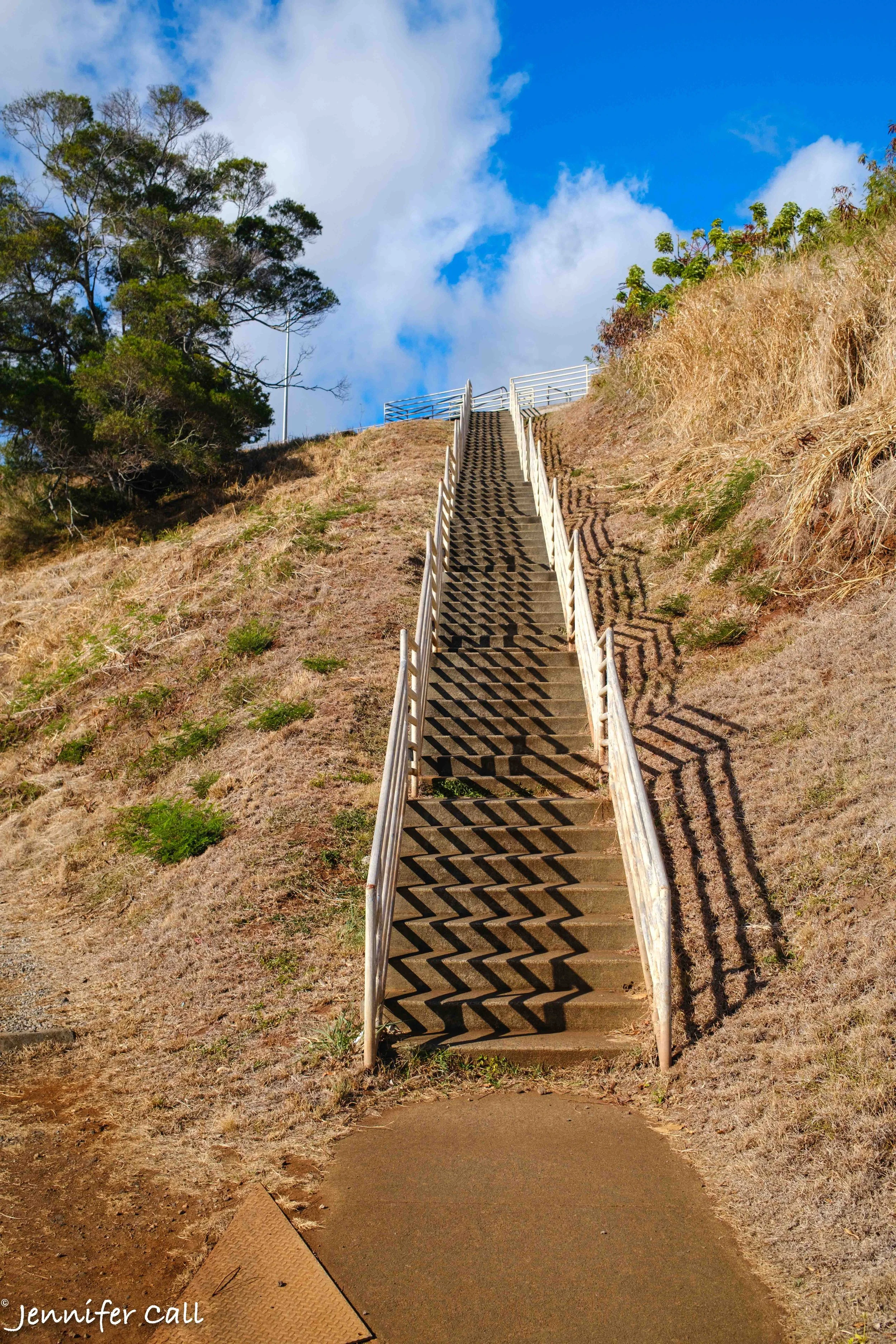Hawaiʻi and rural Nevada don’t belong in the same sentence.
Hawaiʻi and rural Nevada don’t belong in the same sentence.
Hawaii night photography, Kokohead summit, abandoned utility pole Hawaii, Oahu hiking views, Hawaii landscape photographer, human connection to objects, rural Nevada comparison, Hawaii remote living culture, why people keep old equipment, Oahu sunrise hike, Koko Crater story, Hawaii local culture, Jenn Call photography essay
Move, Or Be Moved
A nature-inspired poem comparing emotional resistance to hardpan soil and the unstoppable persistence of flowing water.
Between his Hands
Union Pacific 7323 leading a long westbound freight through Reno, Nevada, after crossing the Sierra Nevada from the Port of San Francisco.
Rise and Run
“From here to up there, and from up there back down here — stairs carry us in the rise and run of life. A simple invention, yet timeless inspiration.”
Parlay with Friends
Located at 2050 Main Street, muralist Eric Okdeh’s mural, “Where Work is, There is Life,” features an elderly woman teaching a younger girl to sew a kimono.
The Math of You:
“Math majors may grade this work. Poets, just enjoy the curve.” A modern rephrasing of a quote by Leo Tolstoy.

